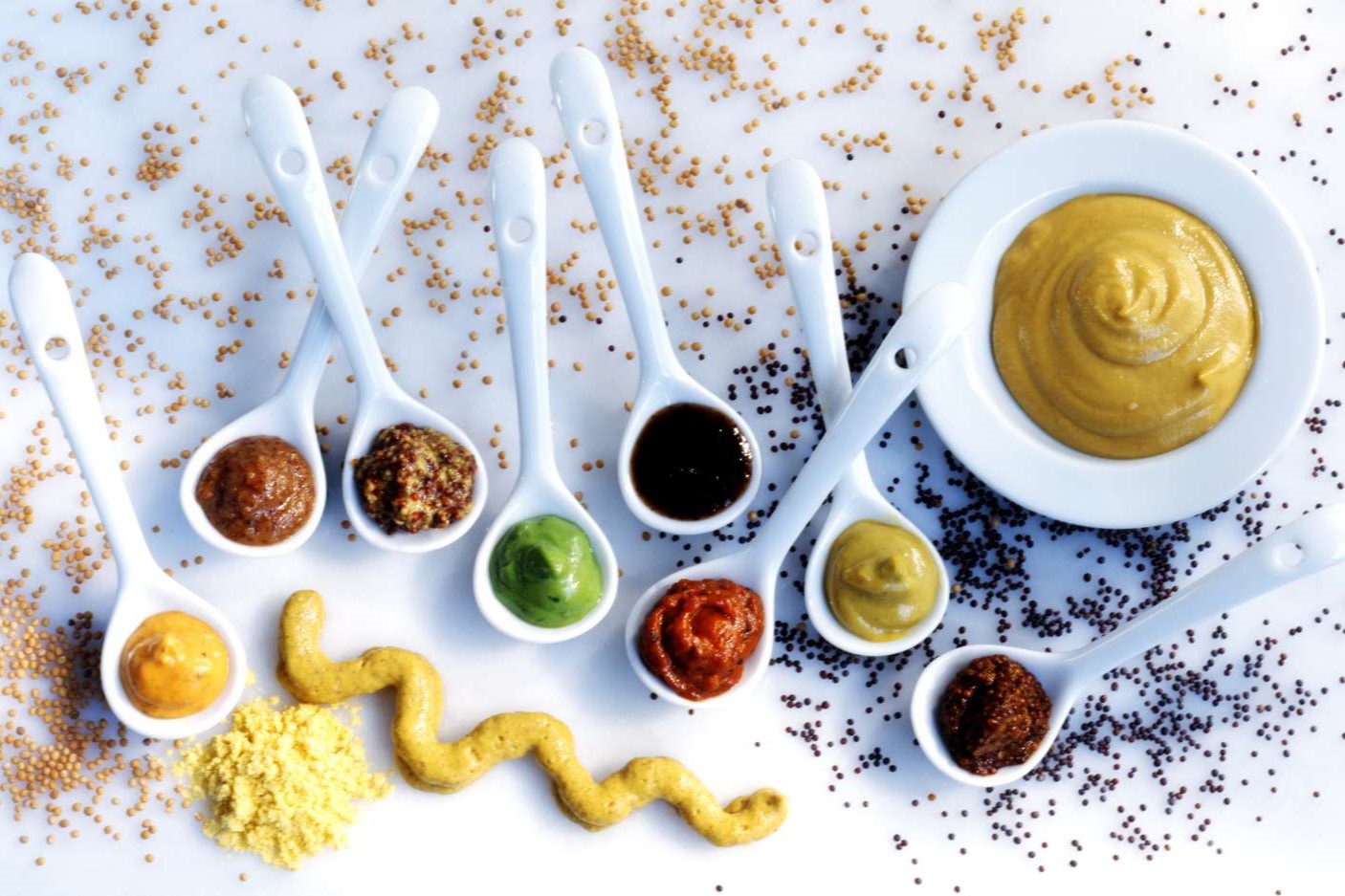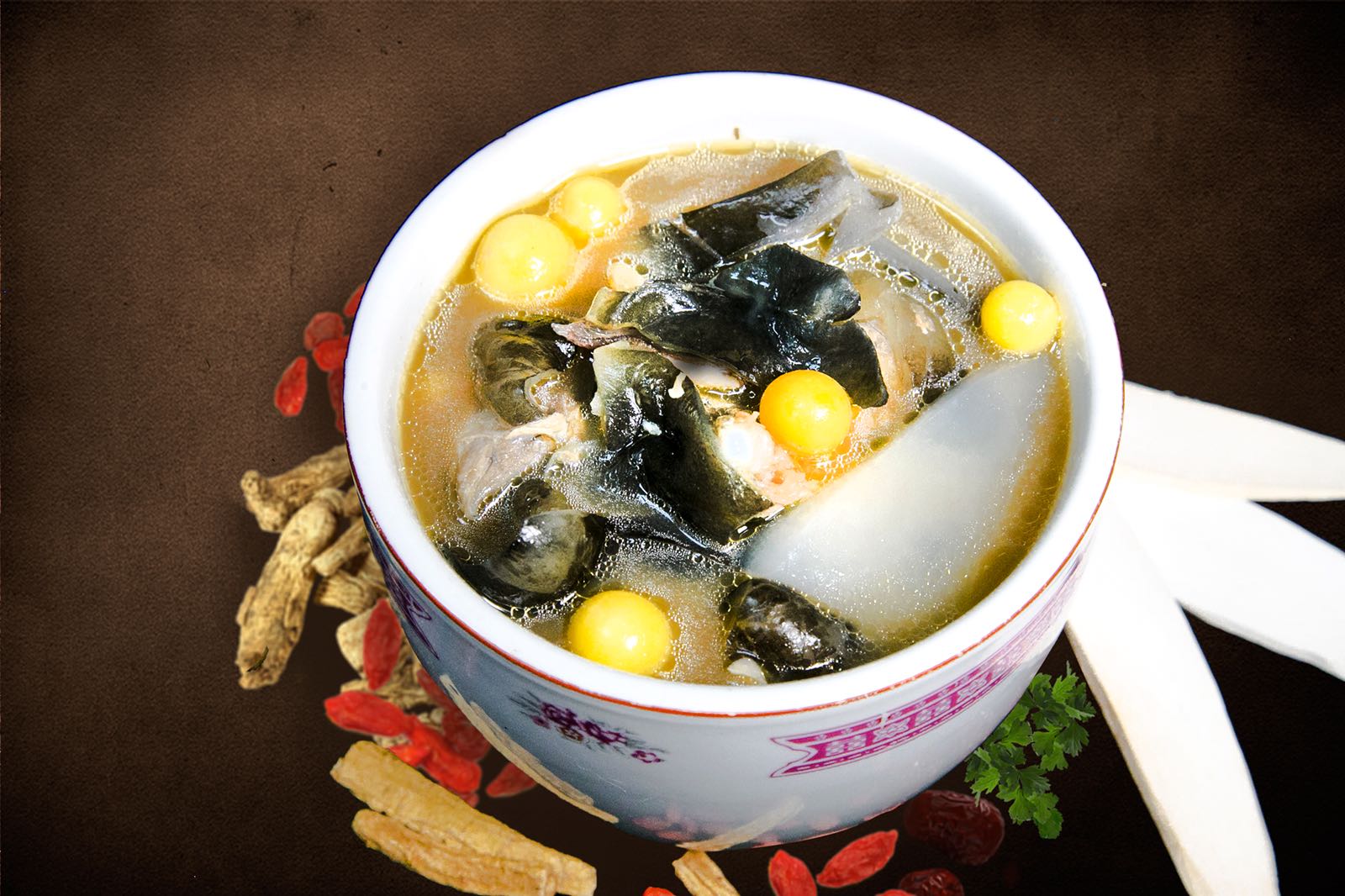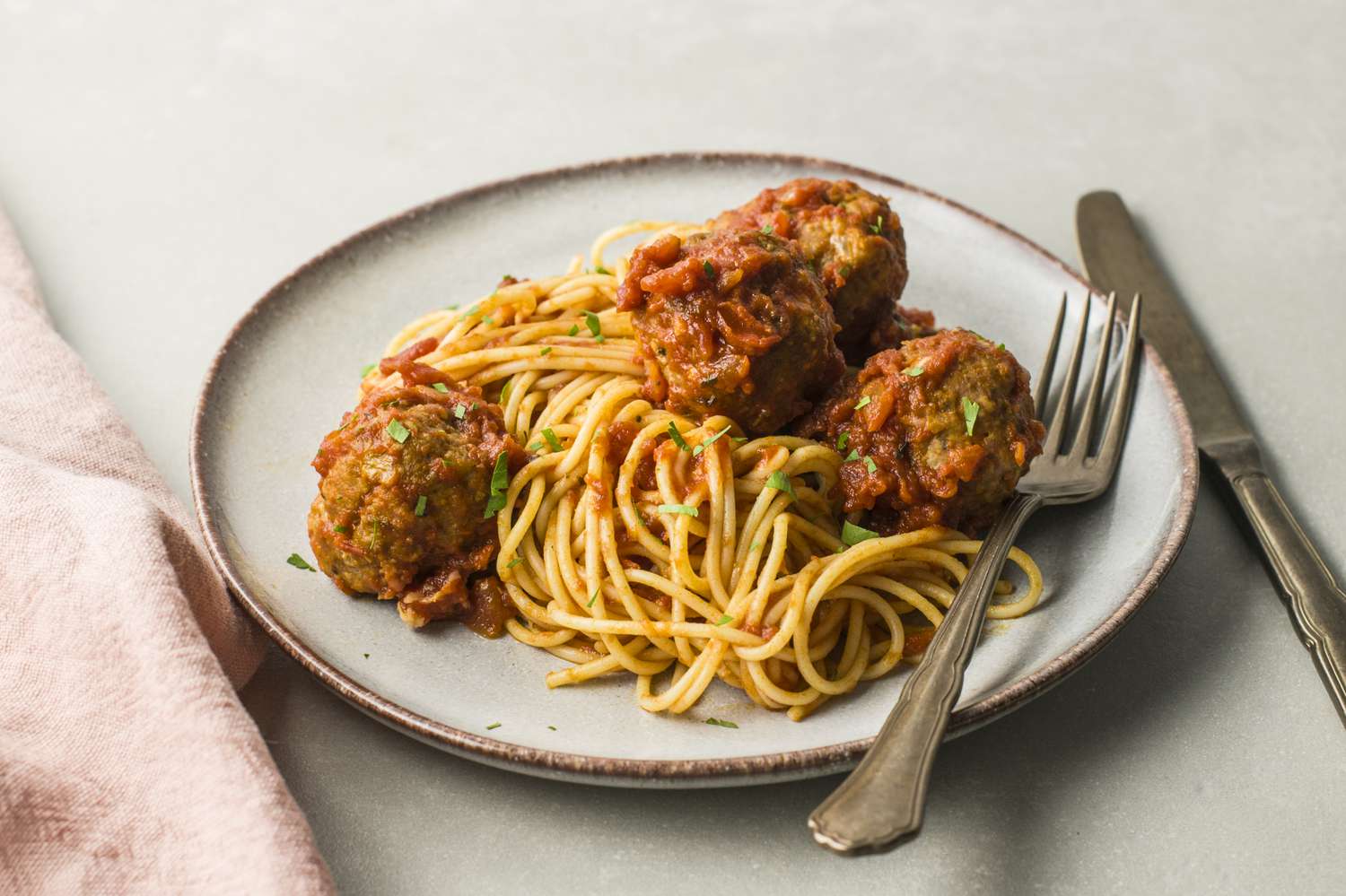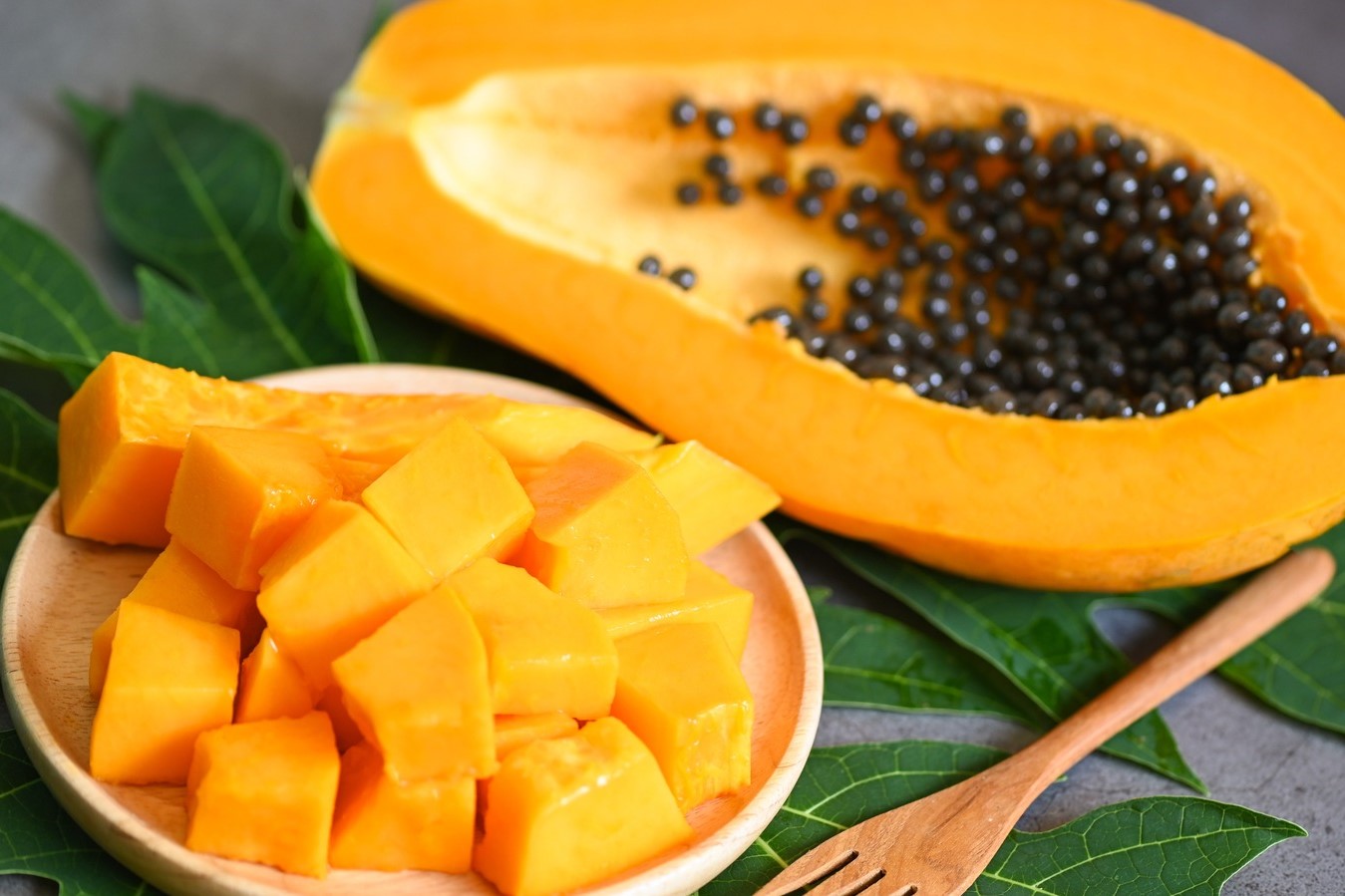Home>Food and Cooking>5 Delicious Alternatives To Gochujang
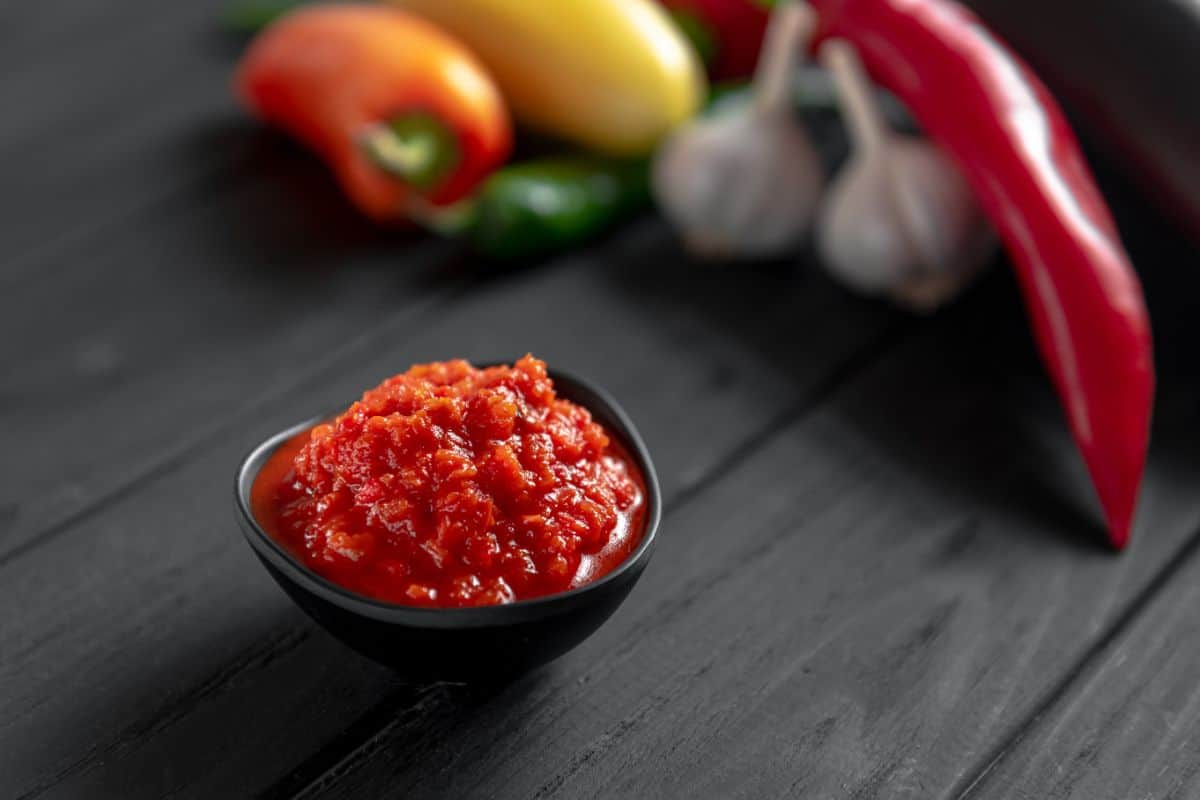

Food and Cooking
5 Delicious Alternatives To Gochujang
Published: January 17, 2024
Explore 5 delectable alternatives to gochujang for your cooking needs. Elevate your food and cooking with these delicious options.
(Many of the links in this article redirect to a specific reviewed product. Your purchase of these products through affiliate links helps to generate commission for Noodls.com, at no extra cost. Learn more)
Table of Contents
Introduction
Gochujang, a staple in Korean cuisine, is a spicy, fermented condiment made from red chili, glutinous rice, fermented soybeans, and salt. It adds depth, heat, and a touch of sweetness to a wide array of dishes, from traditional Korean fare to fusion cuisine. However, for those seeking alternatives due to dietary restrictions, flavor preferences, or simply the desire to experiment with new ingredients, there are several delicious options to consider. In this article, we will explore five delectable alternatives to gochujang that can elevate your culinary creations in unique and flavorful ways. Whether you're a seasoned home cook or a culinary enthusiast looking to expand your flavor profile, these alternatives are sure to inspire and delight your taste buds. Let's delve into the world of spicy, savory, and utterly irresistible condiments that can serve as excellent substitutes for gochujang.
Sriracha
Sriracha, also known as "rooster sauce" due to the iconic image on its bottle, has gained immense popularity in recent years, becoming a beloved condiment in many households and restaurants worldwide. This spicy, tangy sauce originates from Thailand and is crafted from chili peppers, vinegar, garlic, sugar, and salt. Its vibrant red hue and well-balanced flavor profile make it a versatile alternative to gochujang.
The distinct combination of heat and tanginess in sriracha adds a delightful kick to a wide range of dishes. From drizzling it over eggs and noodles to marinating meats and incorporating it into dipping sauces, sriracha offers a bold and zesty flavor that can enhance various culinary creations. Its versatility makes it an excellent substitute for gochujang in recipes where a touch of heat and acidity is desired.
One of the key advantages of sriracha is its widespread availability. It can be found in most grocery stores and supermarkets, making it easily accessible for home cooks and food enthusiasts. Additionally, many brands offer variations of sriracha, allowing individuals to explore different levels of spiciness and flavor nuances to suit their preferences.
When using sriracha as an alternative to gochujang, it's important to consider the differences in flavor profiles. While gochujang boasts a fermented umami richness, sriracha offers a brighter, more immediate heat with hints of garlic and vinegar. This distinction can influence the overall taste of the dish, making it essential to adjust the quantities and complementary ingredients accordingly.
In summary, sriracha presents an enticing alternative to gochujang, bringing a fiery and tangy flair to dishes across various cuisines. Its accessibility, versatility, and distinct flavor make it a compelling choice for those seeking a delicious substitute for gochujang in their culinary endeavors. Whether you're spicing up a stir-fry, crafting a savory marinade, or simply adding a zing to your favorite snack, sriracha stands ready to elevate your gastronomic experiences with its bold and unmistakable presence.
Sambal Oelek
Sambal Oelek, a beloved Indonesian chili paste, offers a robust and versatile alternative to gochujang. This vibrant condiment is crafted from fresh red chili peppers, vinegar, and salt, resulting in a bold, fiery flavor that adds depth and heat to a wide array of dishes. Unlike gochujang, which features a fermented profile with subtle sweetness, Sambal Oelek boasts a straightforward, intense spiciness that can enliven savory creations with its unapologetic heat.
The simplicity of Sambal Oelek's ingredients allows its fiery essence to shine through, making it a popular choice for those seeking a pure and potent chili kick in their culinary endeavors. Its texture, characterized by coarse chili particles suspended in a tangy, acidic base, adds a delightful crunch and texture to dishes, enhancing both the flavor and visual appeal of the final creation.
When incorporating Sambal Oelek as an alternative to gochujang, it's essential to consider its potent heat and straightforward flavor profile. This chili paste excels in dishes where a bold, unadulterated spiciness is desired, such as spicy stir-fries, marinades for grilled meats, and zesty dipping sauces. Its ability to infuse dishes with a fiery punch without overshadowing other flavors makes it a versatile and compelling substitute for gochujang.
One of the key advantages of Sambal Oelek lies in its longevity and versatility. Due to its minimal ingredient list and robust flavor, it has a long shelf life, allowing it to be readily available for culinary adventures at a moment's notice. Additionally, its potent spiciness means that a little goes a long way, making it a cost-effective and impactful addition to the pantry of any spice enthusiast.
In summary, Sambal Oelek stands as a bold and fiery alternative to gochujang, offering a straightforward, unapologetic heat that can elevate a wide range of dishes with its intense spiciness. Its simplicity, longevity, and ability to add texture and heat make it a compelling choice for those seeking to infuse their culinary creations with a potent chili kick. Whether you're crafting a spicy marinade, enhancing a savory dip, or simply adding a fiery flair to your favorite dish, Sambal Oelek is poised to bring a bold and unforgettable heat to your gastronomic explorations.
Harissa
Harissa, a fiery and aromatic chili paste originating from North Africa, offers a tantalizing alternative to gochujang. Crafted from a blend of roasted red peppers, hot chili peppers, garlic, olive oil, and an array of fragrant spices such as cumin, coriander, and caraway, harissa boasts a complex flavor profile that marries intense heat with rich, earthy undertones.
The vibrant red hue and robust aroma of harissa hint at its bold and multifaceted flavor, making it a captivating addition to a diverse range of culinary creations. Unlike gochujang, which features a fermented umami richness, harissa's assertive spiciness and aromatic depth can infuse dishes with a fiery warmth and a tantalizing complexity.
The versatility of harissa shines through in its ability to enhance both savory and sweet dishes, adding depth and heat to everything from grilled meats and stews to roasted vegetables and dips. Its nuanced flavor profile, characterized by a harmonious blend of heat, earthiness, and subtle sweetness, creates a captivating culinary experience that can elevate a wide array of cuisines.
When incorporating harissa as an alternative to gochujang, it's important to consider its robust spiciness and aromatic complexity. This fiery chili paste excels in dishes where a bold, aromatic heat is desired, such as spicy tagines, vibrant grain salads, and zesty marinades for meats and vegetables. Its ability to impart a deep, smoky heat with layers of aromatic spices makes it a compelling substitute for gochujang in recipes that call for a touch of fiery complexity.
One of the key advantages of harissa lies in its ability to add depth and complexity to dishes with minimal effort. Whether spooned into a hearty stew for a touch of heat or blended into a creamy dip for a burst of flavor, harissa's multifaceted nature makes it a versatile and impactful addition to the culinary repertoire of any adventurous cook.
In summary, harissa stands as a fiery and aromatic alternative to gochujang, offering a complex and multifaceted flavor profile that can elevate a wide range of dishes with its intense spiciness and aromatic depth. Its versatility, bold flavor, and captivating aroma make it a compelling choice for those seeking to infuse their culinary creations with a fiery warmth and a tantalizing complexity. Whether you're crafting a vibrant tagine, adding depth to a savory dip, or simply seeking to explore new dimensions of flavor, harissa is poised to bring a bold and unforgettable heat to your gastronomic explorations.
Doubanjiang
Doubanjiang, a revered staple in Sichuan cuisine, offers a rich and flavorful alternative to gochujang. This fermented chili bean paste, known for its complex and savory profile, is crafted from broad beans, chili peppers, salt, and various spices. Its deep, umami-rich flavor and distinct spicy kick make it a compelling substitute for gochujang, adding a depth of savory complexity to a wide array of dishes.
The fermentation process of Doubanjiang results in a deep, complex flavor profile characterized by a harmonious blend of savory, salty, and spicy notes. Unlike gochujang, which features a touch of sweetness amidst its spicy and fermented elements, Doubanjiang boasts a robust, umami-rich essence that can transform the flavor landscape of a dish. Its ability to impart a deep, savory complexity makes it an excellent choice for those seeking to elevate their culinary creations with a rich and multifaceted flavor profile.
When incorporating Doubanjiang as an alternative to gochujang, it's essential to consider its potent umami richness and spicy depth. This fermented chili bean paste excels in dishes where a bold, savory complexity is desired, such as hearty stews, braised meats, and robust stir-fries. Its ability to infuse dishes with layers of umami goodness and a tantalizing spiciness makes it a versatile and compelling substitute for gochujang in recipes that call for a touch of savory depth.
One of the key advantages of Doubanjiang lies in its ability to add depth and complexity to dishes with minimal effort. Whether stirred into a simmering pot of aromatic broth for a touch of richness or incorporated into a vibrant stir-fry for a burst of flavor, Doubanjiang's multifaceted nature makes it a versatile and impactful addition to the culinary repertoire of any adventurous cook.
In summary, Doubanjiang stands as a rich and flavorful alternative to gochujang, offering a complex and savory flavor profile that can elevate a wide range of dishes with its umami richness and spicy depth. Its versatility, bold flavor, and ability to add depth and complexity make it a compelling choice for those seeking to infuse their culinary creations with a rich and multifaceted flavor profile. Whether you're crafting a hearty stew, adding depth to a robust stir-fry, or simply seeking to explore new dimensions of flavor, Doubanjiang is poised to bring a bold and unforgettable depth of flavor to your gastronomic explorations.
Read more: 5 Genius Alternatives To Nail Glue Or Tape!
Miso Paste
Miso paste, a fundamental ingredient in Japanese cuisine, presents a compelling and versatile alternative to gochujang. Crafted from fermented soybeans, salt, and koji (a type of mold), miso paste boasts a rich, complex flavor profile that encompasses savory, salty, and slightly sweet notes. Its smooth texture and deep umami essence make it a captivating addition to a diverse range of culinary creations.
The fermentation process of miso paste yields a depth of flavor that sets it apart from gochujang. While gochujang offers a balance of spiciness and subtle sweetness, miso paste delivers a robust umami richness with a nuanced blend of savory and sweet undertones. This distinctive flavor profile allows miso paste to infuse dishes with a deep, complex depth that can elevate both traditional Japanese fare and fusion cuisine.
When incorporating miso paste as an alternative to gochujang, it's essential to consider its rich umami essence and slightly sweet undertones. This fermented soybean paste excels in dishes where a deep, savory complexity is desired, such as soups, marinades, glazes, and dressings. Its ability to impart a velvety richness and a touch of sweetness makes it a versatile and compelling substitute for gochujang in recipes that call for a complex depth of flavor.
One of the key advantages of miso paste lies in its versatility and longevity. With various types of miso available, ranging from white (shiro) miso to red (aka) miso, individuals can explore different levels of richness and depth to suit their culinary preferences. Additionally, miso paste's extended shelf life and ability to enhance both savory and sweet dishes make it a valuable and impactful addition to the pantry of any adventurous cook.
In summary, miso paste stands as a rich and versatile alternative to gochujang, offering a complex and savory flavor profile that can elevate a wide range of dishes with its umami richness and subtle sweetness. Its versatility, deep flavor, and ability to add complexity make it a compelling choice for those seeking to infuse their culinary creations with a velvety depth of flavor. Whether you're crafting a comforting soup, adding richness to a savory glaze, or simply seeking to explore new dimensions of flavor, miso paste is poised to bring a bold and unforgettable depth of flavor to your gastronomic explorations.
